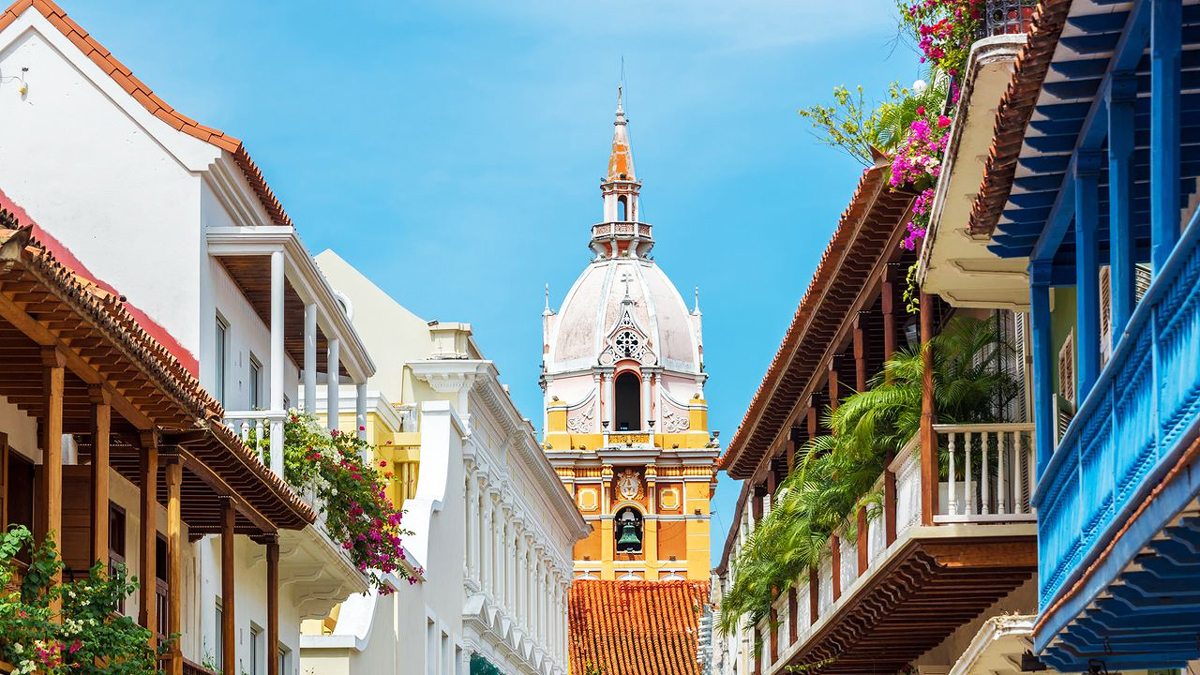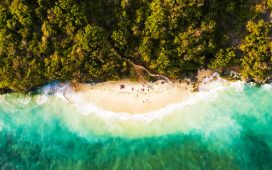Cartagena, perched on Colombia’s Caribbean shoreline, is a city of vivid contrasts and timeless charm. Its walled Old Town, a UNESCO World Heritage site, enchants visitors with cobblestone streets, colorful colonial mansions draped in bougainvillea, and horse-drawn carriages clattering past centuries-old churches. Yet just beyond the fortifications, modern high-rises shimmer by the sea, and beach resorts invite travelers to unwind under the sun. Cartagena is more than a postcard-perfect destination—it’s a living blend of history, culture, and Caribbean rhythm, where the echoes of pirates and conquistadors mingle with salsa beats and the aroma of coastal cuisine.
History & Heritage

Cartagena’s history is etched into its stone walls, colonial churches, and sprawling fortresses. Founded in 1533, the city quickly became one of the most important ports in the Spanish Empire, drawing merchants, explorers, and invaders alike. Today, its heritage is celebrated in every plaza and palacio, making the city a living museum of the Caribbean.
Landmarks & Architecture
Cartagena dazzles visitors with a tapestry of colonial architecture and colorful neighborhoods. From majestic fortresses that once safeguarded the port to lively districts bursting with street art, every corner offers a story. Walking through its streets feels like stepping back into another century while still embracing a vibrant modern rhythm.
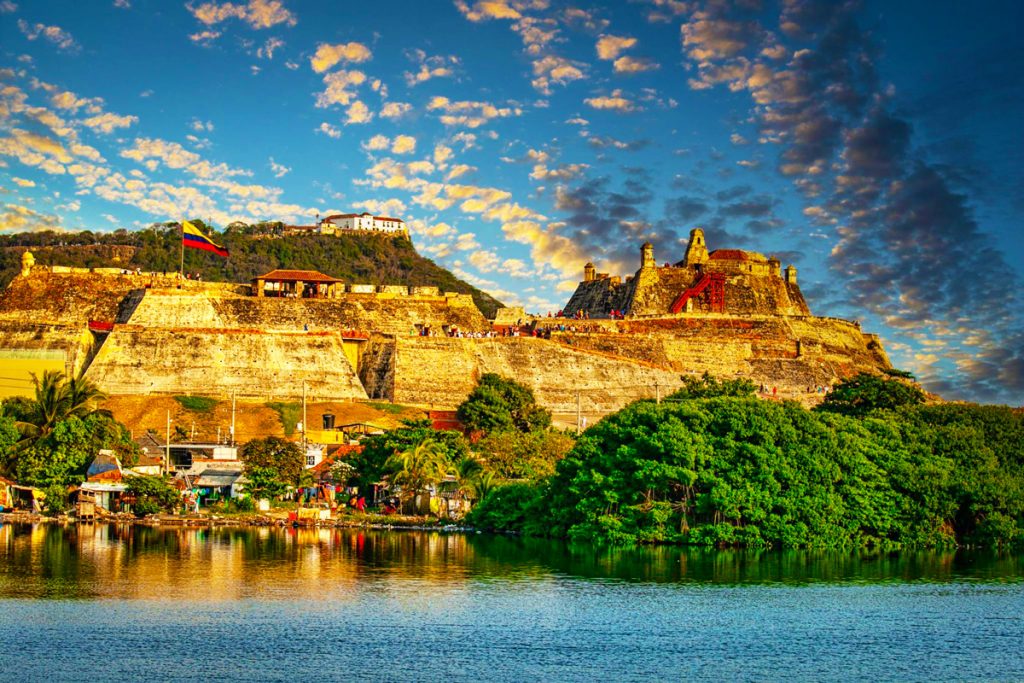
- Castillo San Felipe de Barajas – An imposing fortress that once guarded the city against pirate invasions, offering sweeping views of Cartagena’s skyline. Its tunnels and battlements remain an engineering marvel, and exploring them gives insight into centuries of military strategy.
- The Walled City (Ciudad Amurallada) – Stroll through this UNESCO-protected historic district with its colorful façades, lively plazas, and flower-filled balconies. Every alley offers surprises, from hidden chapels to boutique shops tucked behind heavy wooden doors.
- Getsemaní – Once a working-class neighborhood, now a vibrant hub of street art, bohemian cafés, and local energy. Murals splash across entire buildings, and the streets come alive with music and nightlife after dark.
- Clock Tower Gate (Torre del Reloj) – The iconic entrance to the Old Town, standing as a gateway between past and present. The tower is also a central meeting point for locals and a striking spot for photographs.
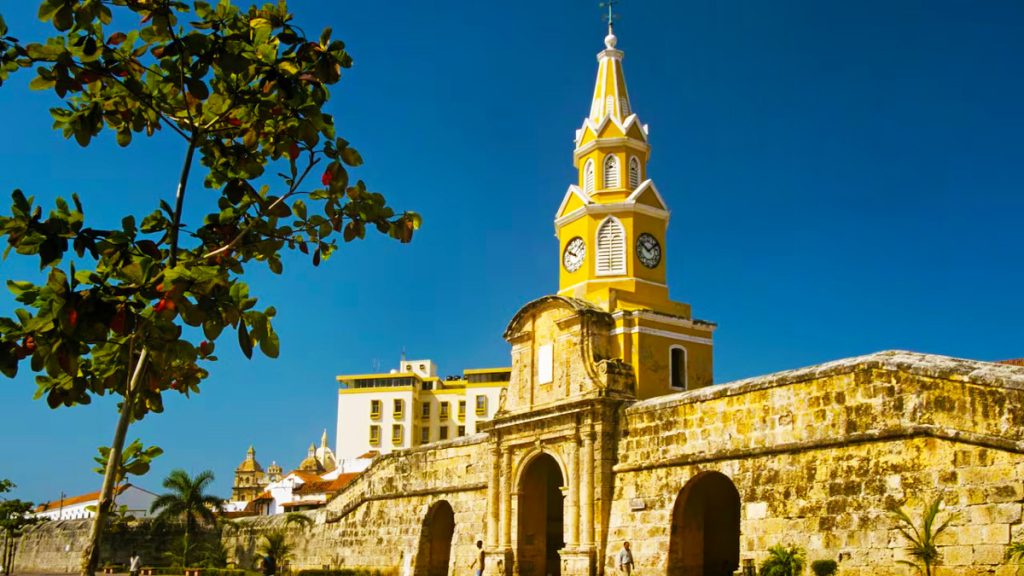
Museums & Culture
Cartagena’s cultural life blends colonial legacy with Caribbean creativity. Museums tell the stories of pre-Columbian peoples, Spanish colonists, and Afro-Colombian traditions, while theaters and galleries showcase the city’s ongoing artistic pulse. Whether exploring gold artifacts or watching a live performance, culture thrives here at every turn.
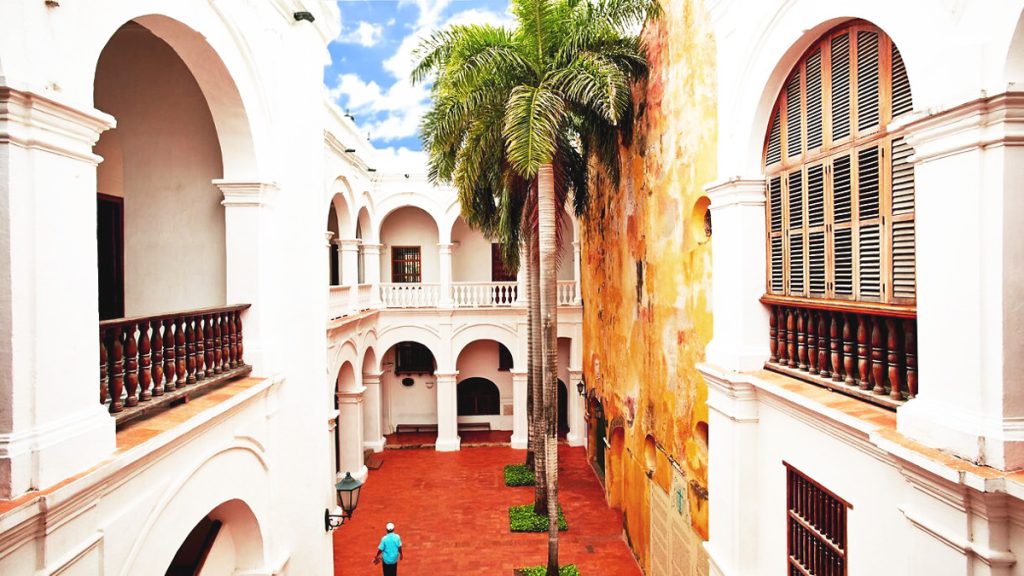
- Palacio de la Inquisición – A baroque palace that once served as the seat of the Spanish Inquisition, now a museum of colonial history. Its courtyards and galleries also highlight the darker chapters of the city’s past.
- Museo del Oro Zenú – Showcasing pre-Columbian gold artifacts and the artistry of the Zenú people. Visitors can learn about the hydraulic engineering systems that sustained this ancient culture.
- Casa Museo Rafael Núñez – The home of Colombia’s former president and composer of the national anthem. The museum offers insight into 19th-century Colombian politics and the intellectual life of its elite.
- Teatro Adolfo Mejía – A neoclassical theatre where cultural performances highlight Cartagena’s artistic spirit. The building itself, with its ornate balconies and painted ceilings, is a masterpiece worth admiring.

Spotlight: Rosario Islands
Just an hour by boat from Cartagena, the Rosario Islands feel like an entirely different world. This protected national park is made up of 27 islands, each surrounded by dazzling coral reefs and turquoise waters. For many visitors, the Rosario Islands are the highlight of their trip, offering a blend of relaxation, adventure, and natural beauty.

The islands are a paradise for snorkelers and divers, with marine life darting among vibrant corals. Day trips often include stops at quiet beaches, where hammocks swing in the breeze and the only soundtrack is the rhythm of waves. Whether you choose to paddle through mangroves, lounge on white sands, or enjoy a freshly caught seafood lunch, every moment here feels like an escape into the Caribbean dream.
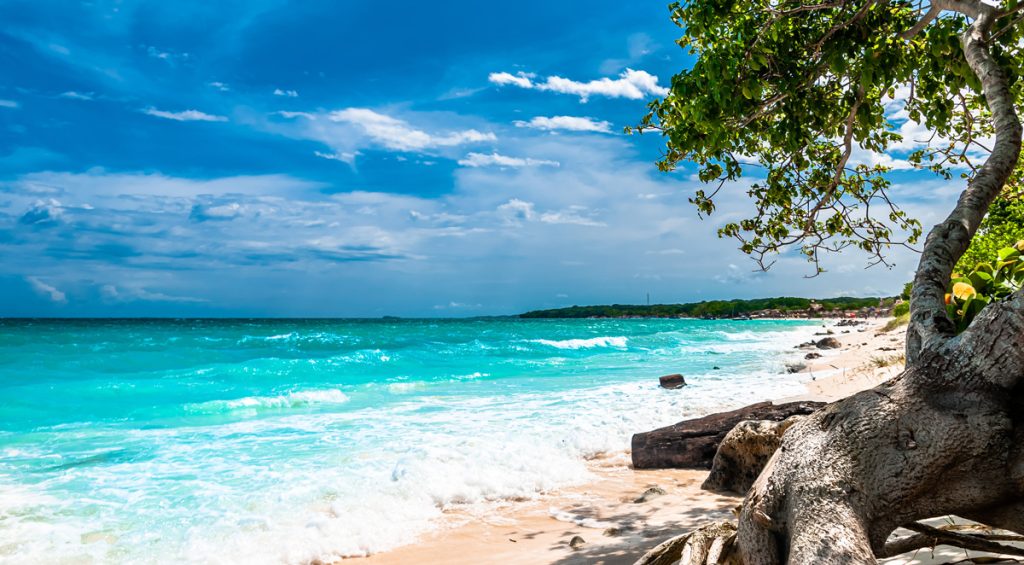
For those who linger overnight, boutique eco-lodges and beach resorts provide a chance to savor the islands after the day-trippers leave. At night, bioluminescent plankton glitters in the sea, stars blanket the sky, and silence reigns—an unforgettable contrast to the lively streets of Cartagena. The Rosario Islands embody Colombia’s natural treasures, a sanctuary where time seems to slow and the Caribbean reveals its most pristine self.
Hidden Gems
Beyond the well-trodden plazas and boulevards, Cartagena hides treasures for those who seek them. Local bars atop the city walls, colorful markets bustling with life, and quiet squares alive with music offer experiences far removed from the tourist trail. These corners reveal the city’s authentic soul, vibrant and unfiltered.
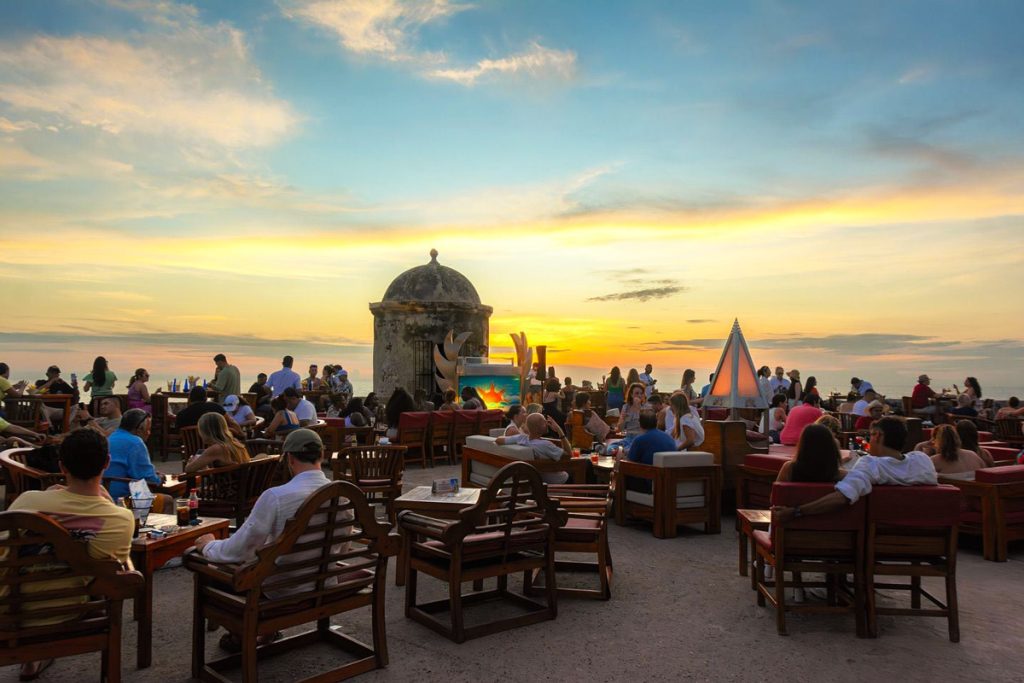
- Café del Mar – Perched atop the city walls, this open-air bar is perfect for sunset views with cocktails and sea breezes. Its lively atmosphere and music make it a favorite spot for both visitors and locals.
- Bazurto Market – A chaotic yet fascinating local market filled with exotic fruits, seafood, and Afro-Caribbean flavors. It’s not polished, but it offers a raw and authentic glimpse into daily life in Cartagena.
- Plaza de la Trinidad in Getsemaní – A lively square where locals gather for music, food stalls, and dance under the stars. It’s a true hub of community, where you can experience Cartagena’s social heart in action.
- Isla Barú’s Playa Blanca – Accessible by boat or bus, this white-sand beach offers a quieter escape from the city. The calm turquoise waters are ideal for swimming, and the pace of life slows dramatically here.

Nature & Outdoors
Cartagena’s natural beauty extends well beyond its walls, with shimmering islands, lush mangroves, and breathtaking viewpoints. Adventurers can dive into coral reefs, paddle through lagoons, or climb hilltop convents to survey the Caribbean coast. The city is as much about its landscapes as it is its history.
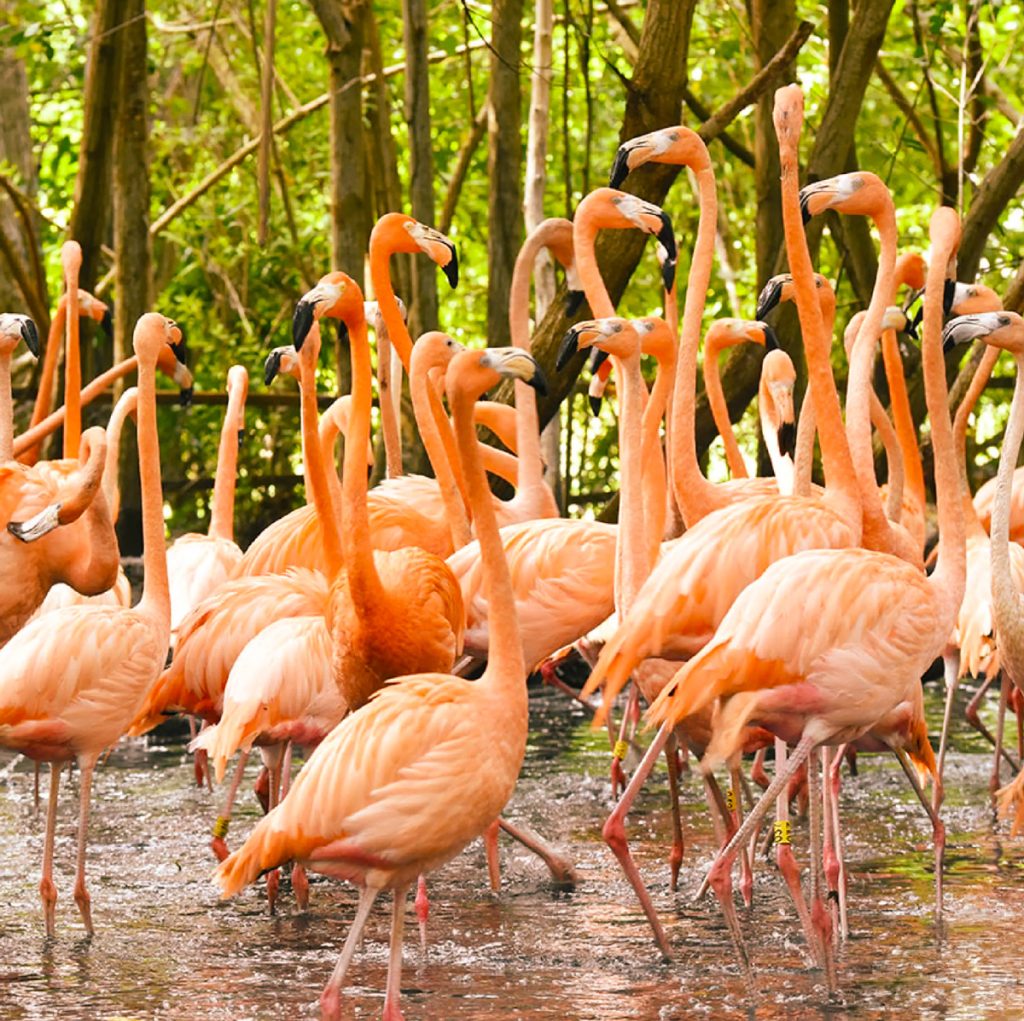
- Aviario Nacional de Colombia – Located near Playa Blanca, this national aviary is home to over 170 species of birds, from flamingos and toucans to harpy eagles. Walking its jungle paths offers a chance to experience Colombia’s extraordinary biodiversity up close.
- Convento de la Popa – Set on a hilltop, this convent offers panoramic views over Cartagena and its shimmering coastline. Inside, ornate religious art contrasts with the rugged stone foundations.
- La Boquilla Mangroves – Explore this ecosystem by canoe, guided by local fishermen who share stories of Afro-Colombian traditions. Birdwatching is excellent here, with herons and pelicans often spotted along the waterways.
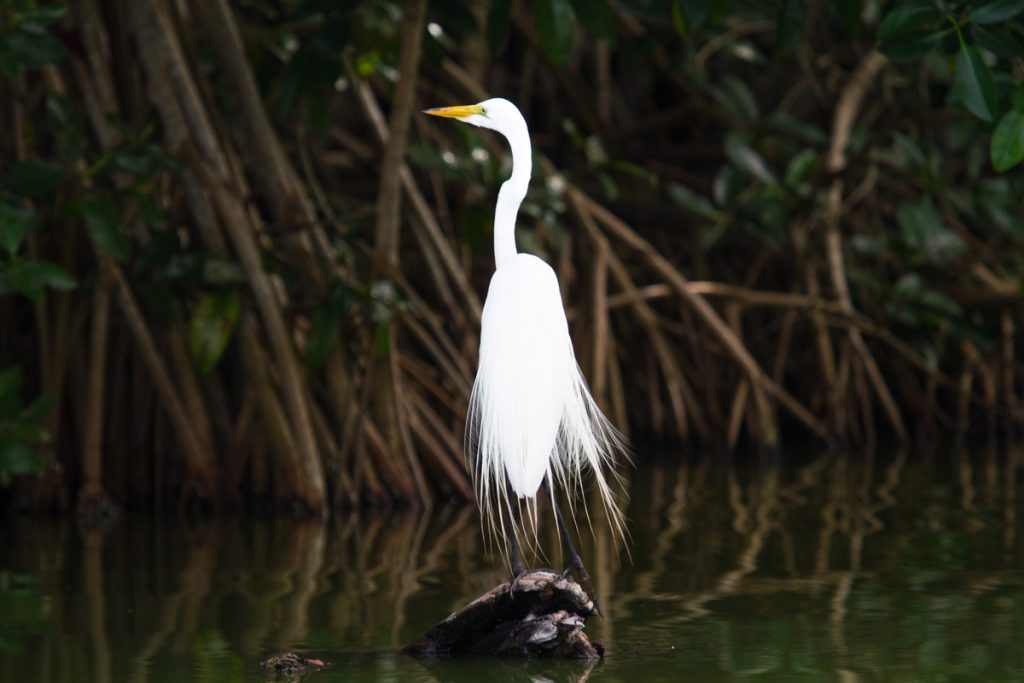
Food & Dining
Cartagena’s cuisine is a reflection of its Caribbean roots, African heritage, and Spanish influence. Fresh seafood dominates menus, while street vendors tempt with fried delights and tropical fruits. Dining here is an experience of color, spice, and creativity.
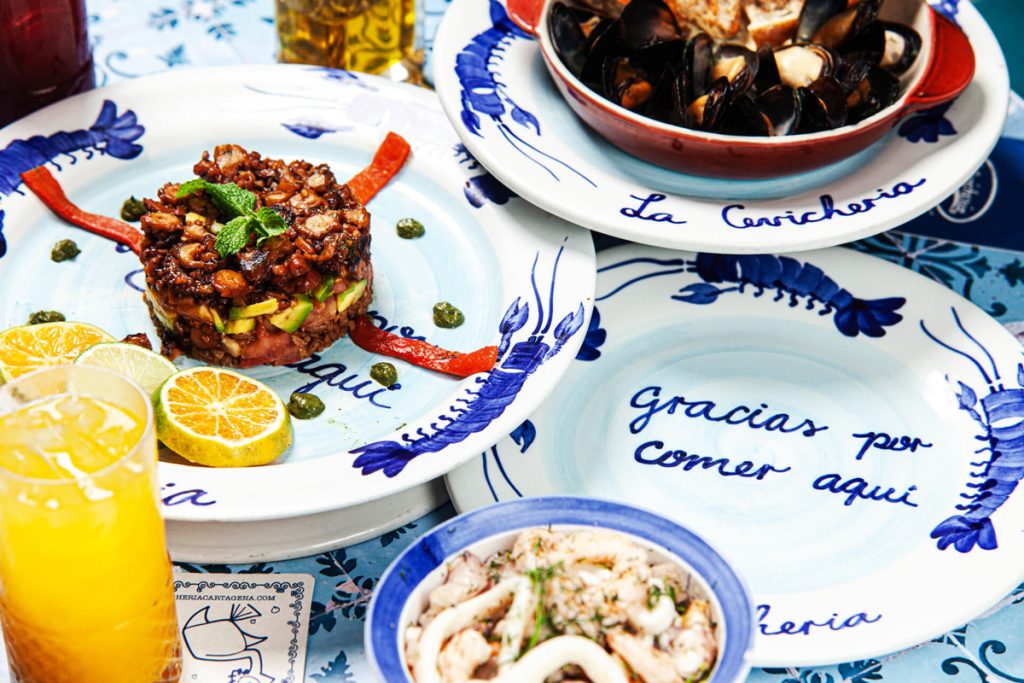
- La Cevichería – A culinary institution made famous by Anthony Bourdain, serving fresh Caribbean ceviches. The ceviche mixto is a must-try, pairing lime-marinated fish and shellfish with tropical flavor.
- La Mulata – Known for authentic yet approachable Caribbean plates with a lively atmosphere. Portions are generous, and the décor celebrates Cartagena’s cultural roots.
- Di Silvio Trattoria – A Getsemaní favorite for wood-fired pizzas in a colorful, artsy setting. The courtyard is especially inviting for late-night meals with friends.
- Carmen Cartagena – A fine-dining spot blending Colombian flavors with global techniques. Its tasting menus showcase the creativity of contemporary Colombian cuisine.
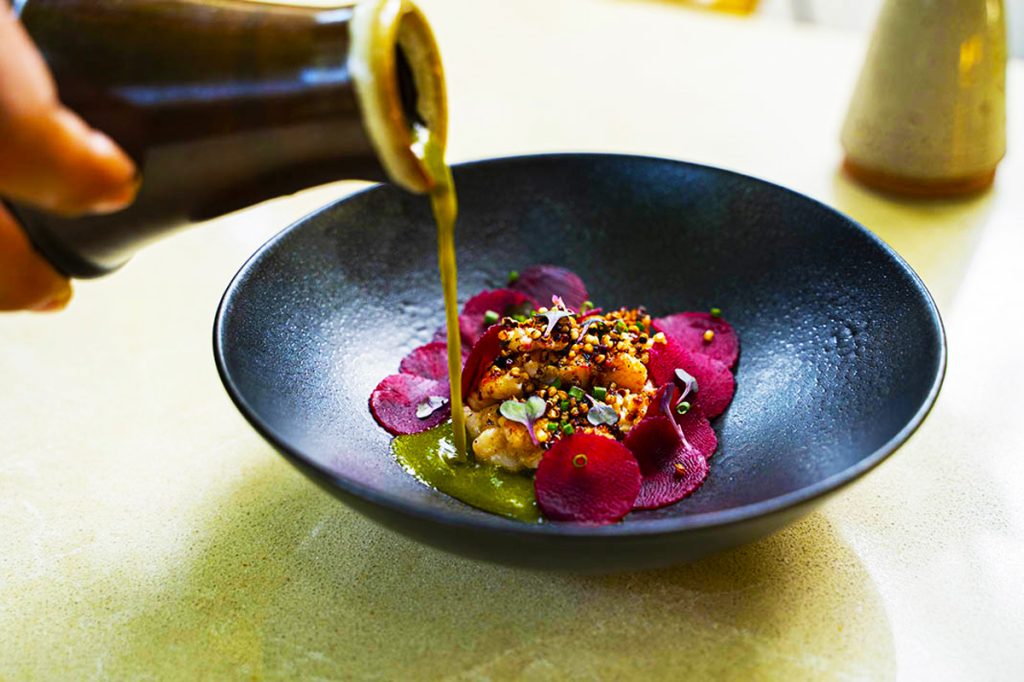
Where to Stay
Cartagena’s accommodations are as enchanting as the city itself, ranging from luxury hotels housed in colonial convents to boutique properties with rooftop pools. Many are located within the Old Town, immersing guests in centuries-old charm. Others along the coast provide sweeping views of the Caribbean Sea.

- Luxury – Sofitel Legend Santa Clara: A former convent turned five-star hotel with lush courtyards and colonial elegance. Its pool and spa make it a sanctuary within the bustling Old Town.
- Luxury – Casa San Agustín: A boutique heritage hotel where handcrafted details meet sophisticated service. The rooftop terrace offers one of the best views in Cartagena.
- Mid-Range – Hotel Bantu by Faranda Boutique: A colorful, stylish option with rooftop terraces and a central Old Town location. The rooms are filled with vibrant Caribbean décor and charm.
- Budget – Viajero Cartagena Hostel: A lively hostel with rooftop views and a social atmosphere, perfect for budget travelers. Activities and events make it easy to meet fellow travelers.
- Boutique – Alfiz Hotel: Nestled within Cartagena’s iconic walled city, a restored colonial house with intimate rooms and curated historic themes. Each room is decorated to reflect a different chapter of Cartagena’s history.

Day Trips
Cartagena is perfectly situated for excursions into natural and cultural wonders. Visitors can sail to coral islands, soak in therapeutic mud, or learn about Afro-Colombian heritage in nearby villages. These journeys offer a deeper look at Colombia’s diversity just beyond the city walls.
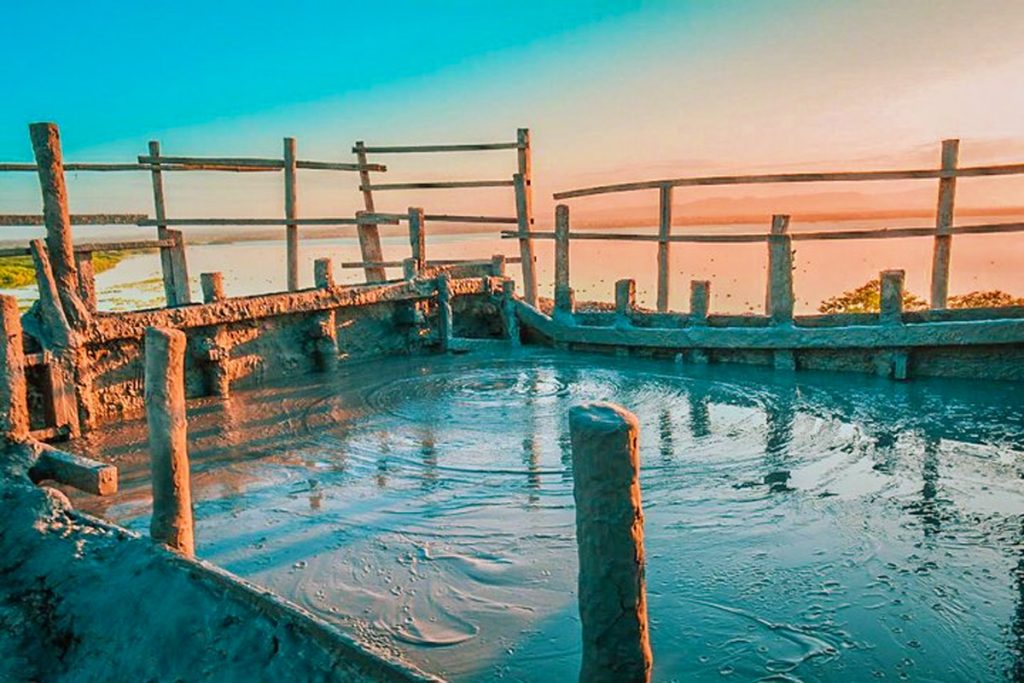
- Volcán del Totumo – A unique mud volcano experience where visitors can bathe in mineral-rich mud pools. Locals believe the mud has healing properties for the skin.
- San Basilio de Palenque – The first free African settlement in the Americas, rich with Afro-Colombian culture, music, and history. Its traditions are still alive, recognized as a UNESCO cultural treasure.
- San Bernardo Archipelago – A chain of islands further from Cartagena, known for their pristine beaches, crystal-clear waters, and tranquil eco-resorts. Perfect for snorkeling, kayaking through mangroves, or simply relaxing in a setting that feels far removed from city life.
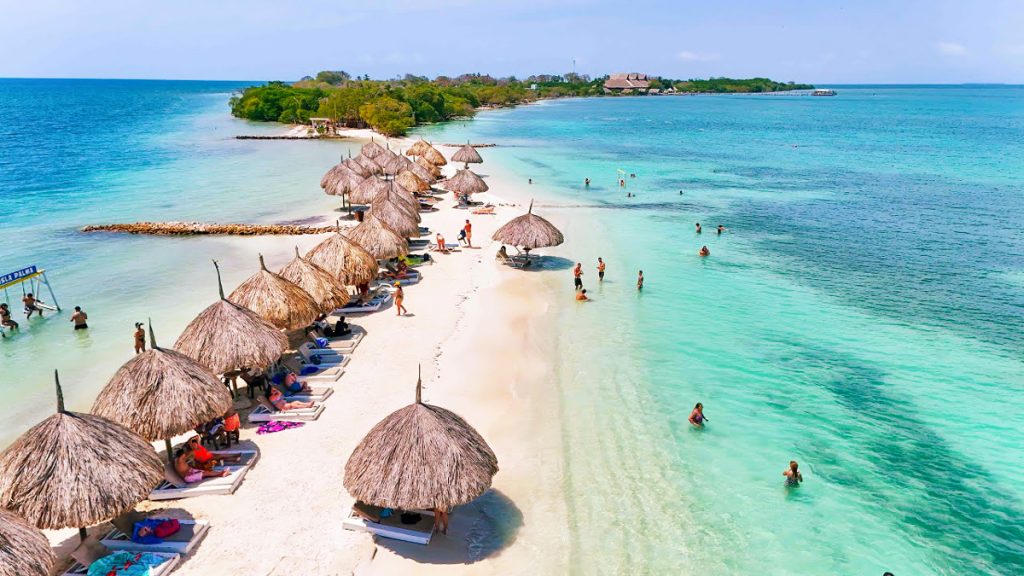
Practical Tips
- Best Time to Visit: December to April for dry, sunny weather. Bring light clothing as humidity is high year-round.
- Currency: Colombian Peso (COP). Credit cards are widely accepted, but carry cash for markets and small shops.
- Transport: Taxis are affordable but negotiate rates beforehand; walking is the best way to explore the Old Town. Ride-sharing apps like InDriver are also popular.
- Safety: The walled city and main tourist areas are safe, but remain cautious in less crowded neighborhoods and markets. Keep valuables secure and avoid isolated areas at night.
Final Thoughts
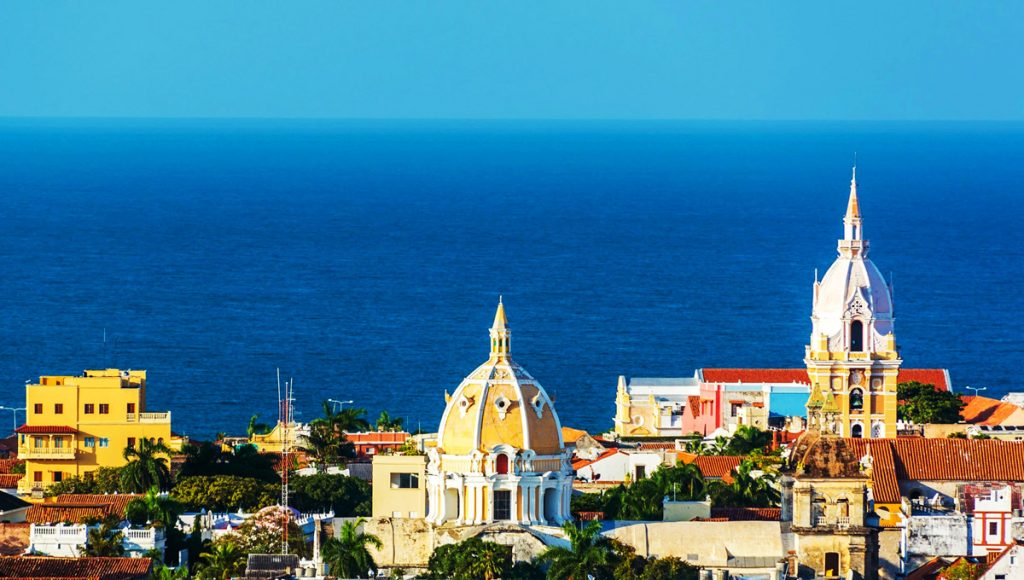
Cartagena is more than just Colombia’s crown jewel on the Caribbean coast—it’s a living canvas of history, culture, and coastal beauty. Whether you’re walking centuries-old walls, sailing to turquoise islands, or savoring ceviche as salsa fills the air, Cartagena lingers in memory long after you’ve left. It’s a city of resilience and rhythm, a place where every corner tells a story, and every sunset feels like a celebration.

